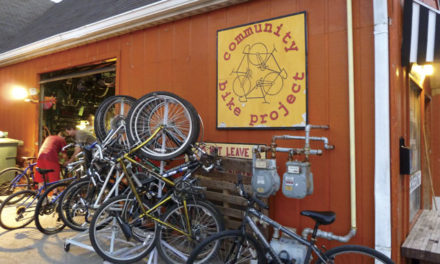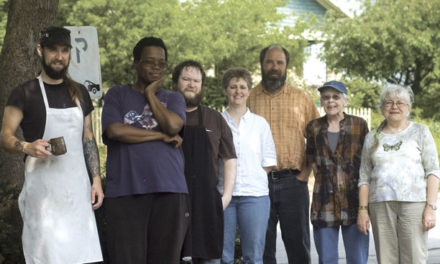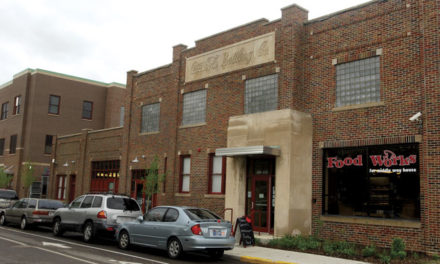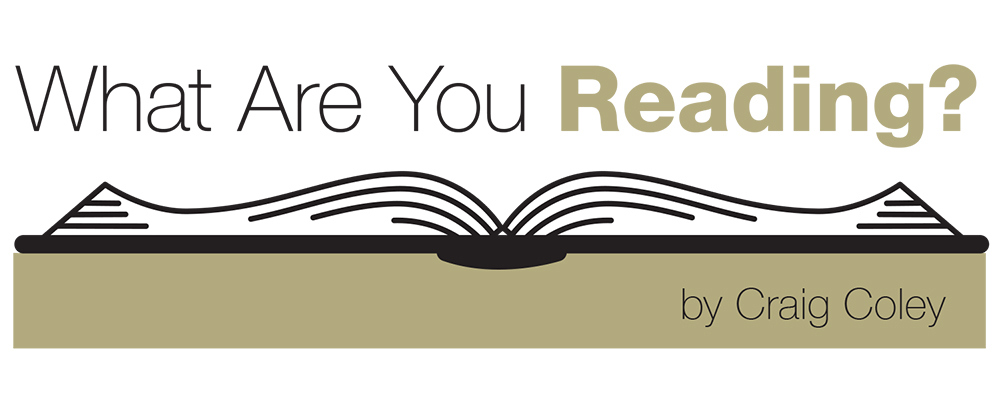
Sharlene Newman
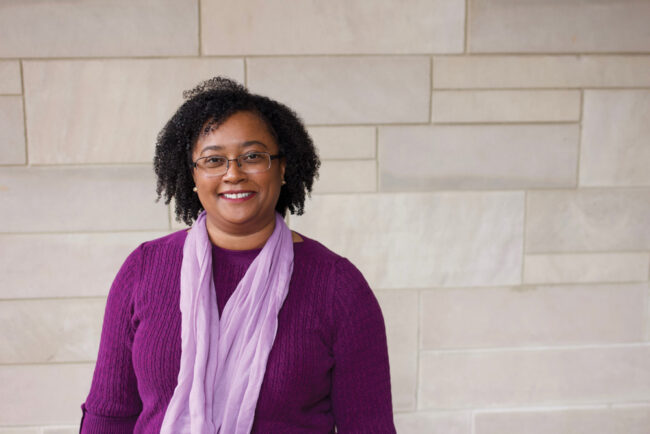
Professor of Psychological and Brain Sciences, Indiana University
When we spoke, Sharlene Newman was reading Morgan Jerkins’ 2018 book, This Will be My Undoing: Living at the Intersection of Black, Female, and Feminist in (White) America, a collection of 10 essays that comprise an autobiography of sorts. In early chapters, Jerkins describes how it felt to be a black student in a predominantly white school. Newman, 48, grew up in Alabama attending schools that were half black and half white. She says the book offered insight into what it must have been like for her daughter, now 21, to grow up in Bloomington. “Reading about Jerkins’ experiences helped me understand my daughter better,” Newman says. “It made me think more about what the girls in places like Bloomington experience.”
Forrest Gilmore
Executive Director, Shalom Community Center
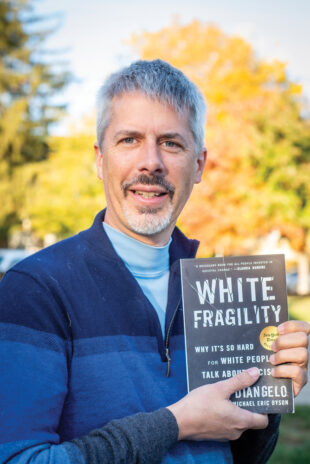
Forrest Gilmore, 48, is passionate about social justice, and when we spoke he was reading White Fragility: Why It’s So Hard for White People to Talk About Racism, by Robin DiAngelo, published in 2018. Gilmore says that white people are socialized to think that their default perspective is non-racial; Diangelo discusses why white people get defensive about the idea of racial bias. “We kind of get stuck in the notion that if I’m a good person, I can’t possibly be racist, and if I am racist, I must be a bad person,” Gilmore says. “So it creates almost this emotional trigger for us to respond to conversations about race and racism in ways that make us prone to deny it or rationalize it away or even get hostile.”
Marilyn Wood
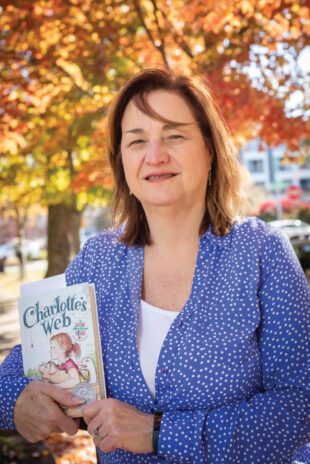
Director, Monroe County Public Library
Needing a little humor, Marilyn Wood was looking over books in the library and noticed Alan Alda’s 2005 memoir, Never Have Your Dog Stuffed: And Other Things I’ve Learned. When we spoke, Wood, 60, was in the book’s early chapters, which covered Alda’s childhood—the dog referred to in the title is one Alda was given when he contracted polio at age 7. “It’s very much about the thoughts of a child,” Wood says. It happens that she is having a similar experience reading E.B. White’s Charlotte’s Web with her grandson, who is 7. “He reads a few pages, and then I read a few pages,” Wood says. “I remember liking it when I was younger, and it’s even more enjoyable to watch it through his eyes.”



